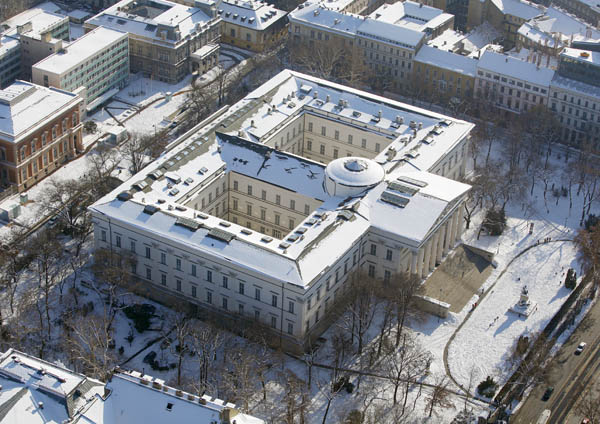
The Hungarian National Museum, or Magyar Nemzeti Múzeum, stands as a key institution in the heart of Budapest, acting as the main repository of Hungarian history, art and archaeology. Its mission encompasses the presentation of the rich and complex history of Hungary and the Carpathian Basin from prehistoric times to the present day. Housed in an impressive neoclassical building, the museum not only houses a vast collection of artefacts, but also serves as a symbol of Hungarian national identity. The purpose of this article is to offer a detailed overview of this important museum, providing practical information for visitors and highlighting its profound cultural and historical significance.
Practical Information for Visitors
For those planning to explore the treasures housed in the Hungarian National Museum, practical information is essential to facilitate the visit.
The exact address of the museum is Múzeum körút 14-16, 1088 Budapest, Hungary. Its central location in Budapest makes it easy to access via various public transport options, including metro, bus and tram. In addition, its proximity to other tourist attractions such as the Grand Central Market and the majestic Danube River makes it a convenient stop on an itinerary exploring the city.
The museum is generally open from Tuesday to Sunday, from 10:00 to 18:00. It is closed to the public on Mondays. However, the museum’s beautiful garden offers a serene outdoor space and is accessible daily from 5:30 until 21:00. It is important to note that the ticket office closes at 17:00, and exhibitions close at 17:30 on the upper floor. Visitors are advised to check the museum’s official website prior to their visit to confirm opening times and to be aware of possible closures or special changes, especially during public holidays such as 15 March.
A Journey Through Time: The Museum’s History
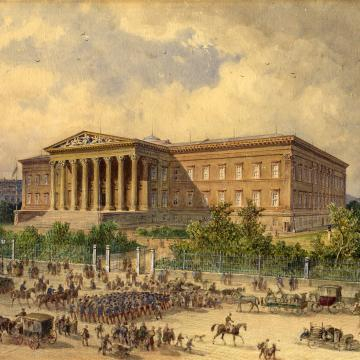
The foundation of the Hungarian National Museum in 1802 marked a crucial milestone in the preservation and promotion of Hungarian heritage. It was the visionary Count Ferenc Széchényi who laid the foundations of this institution by donating his valuable library and extensive collections to the nation. His generous act, motivated by the desire to place these treasures at the service of his homeland and people, sought to create a national repository dedicated to the history, art and archaeology of Hungary. Count Széchényi’s initial donation included a rich variety of materials, from books and coins to antiquities, maps and manuscripts, establishing a lasting legacy for future generations.
The museum’s development received a major boost through legislation by the Hungarian Parliament in 1807 and 1808, which formalised its establishment and provided the necessary support for its growth. A significant milestone in the museum’s history was the construction of its present neoclassical building between 1837 and 1847. Designed by the renowned architect Mihály Pollack, the imposing building became an architectural symbol of the city. The museum also played a key role in the Hungarian Revolution of 1848. It was on its steps that the poet Sándor Petőfi recited his famous ‘National Song’, an event that is considered to have triggered the revolution against Habsburg rule. This historical event further cemented the museum’s importance as a place of national significance.
Throughout its history, the museum has undergone several transformations. In 1949, the ethnography and natural science collections were separated to form separate museums, reflecting the growing specialisation within the field of museology. The building has also undergone major restorations over the years to preserve its structure and the valuable collections it houses.
The design of the building itself is a testament to 19th century neoclassical architecture. Designed by Mihály Pollack, its façade is characterised by majestic Corinthian columns and a sculptural pediment created by Raphael Monti, allegorically depicting Pannonia surrounded by figures symbolising the arts and sciences. The interior of the museum is equally impressive, with a grand staircase adorned with paintings by Károly Lotz and Mór Than, dating from 1875. These architectural features not only enhance the beauty of the museum, but also contribute to its atmosphere of historical and cultural grandeur.
Treasures of the Nation: The Principal Collections
The Hungarian National Museum houses an astonishing variety of collections that offer a deep insight into the history, art and culture of Hungary over the centuries.
The archaeology collections span an extensive period of time, from prehistoric times to the time of the Avars, around 804 AD. Visitors can explore artefacts dating from the Palaeolithic, Roman and Great Migration periods. Particularly noteworthy is the Roman collection, which is the oldest in the museum and includes more than 70,000 artefacts from all over the Carpathian Basin. This collection includes an impressive array of inscriptions and stone carvings that offer valuable insights into the Roman province of Pannonia.
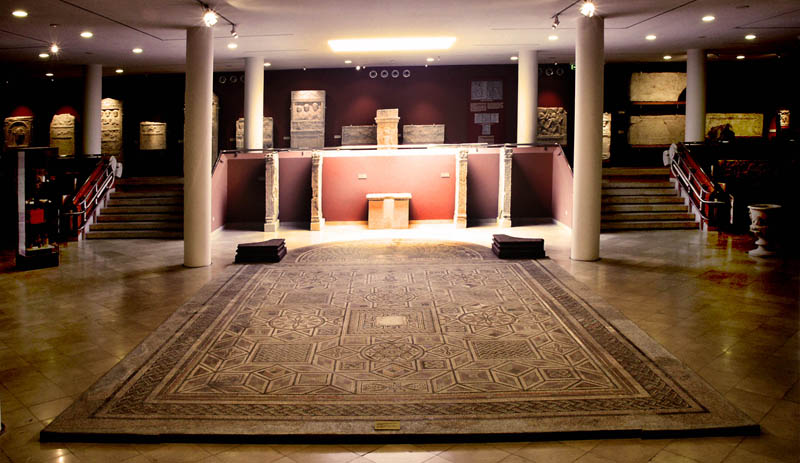
The museum’s history collections narrate the history of Hungary from the founding of the Hungarian state around 804 AD to modern times, including the period of the communist regime. Visitors can find fascinating objects from the time of the Árpád, the Turkish occupation, Transylvania and royal Hungary. Also on display are items related to crucial moments in Hungarian history, such as the Rákóczi War of Independence and the Revolution of 1848. A particularly interesting section explores the communist era, featuring propaganda of the time and objects from everyday life that offer a glimpse into this recent period of Hungarian history.
While the main collection of Hungarian fine art is housed in the Hungarian National Gallery, the Hungarian National Museum also houses important art collections within its Hungarian Historical Gallery. These collections focus on Hungarian art and include painting, graphics and contemporary art. It is important to note the distinction between the Hungarian National Museum and the Hungarian National Gallery, as the latter is mainly devoted to the international art collection.
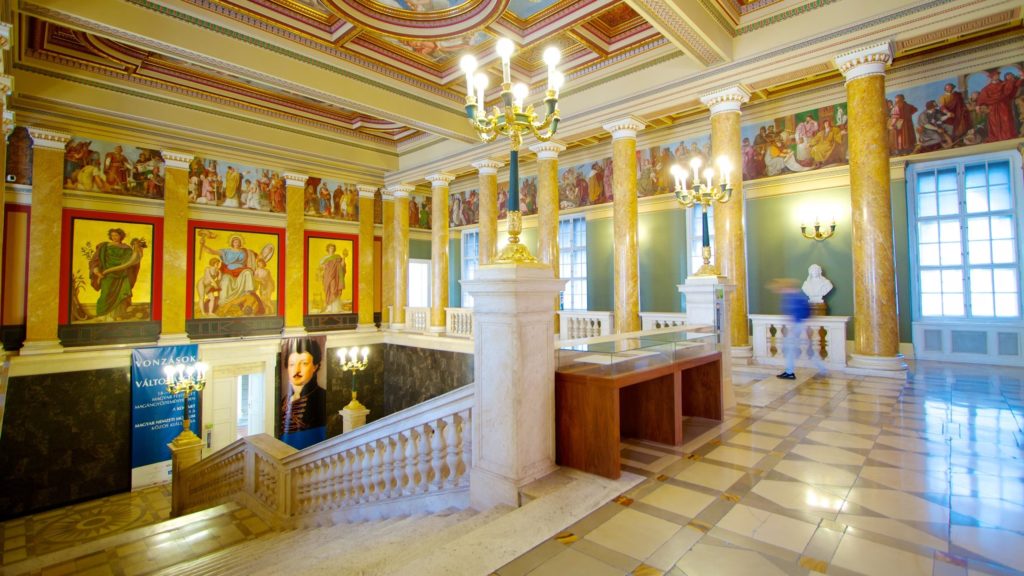
The numismatic collection of the museum is a valuable resource covering the monetary history of Hungary. This collection includes a variety of coins, some of which were part of the original donation of Count Ferenc Széchényi.
In addition to these main collections, the museum also houses a collection of historical photography, a collection of historical documents, a textile collection and a collection of weapons, among others. This diversity of collections underlines the museum’s commitment to preserving and presenting Hungary’s rich and multifaceted heritage.
Jewels of the Past: Featured Permanent Exhibitions
The permanent exhibitions of the Hungarian National Museum offer a captivating journey through Hungary’s history and culture, featuring priceless artifacts.
One of the most important exhibitions traces Hungary’s history from prehistory to the modern era, guiding visitors through the key moments that have shaped the nation. Another permanent exhibition focuses on archaeology, displaying the remains of the civilizations that have inhabited the region from prehistory to the arrival of the Avars. The Roman Lapidary is a fascinating exhibition featuring an impressive collection of Roman inscriptions and stone carvings, offering insight into the region’s Roman past. Visitors can also explore an exhibition dedicated to medieval and early modern inscriptions and stone carvings, providing a deeper understanding of these historical periods.
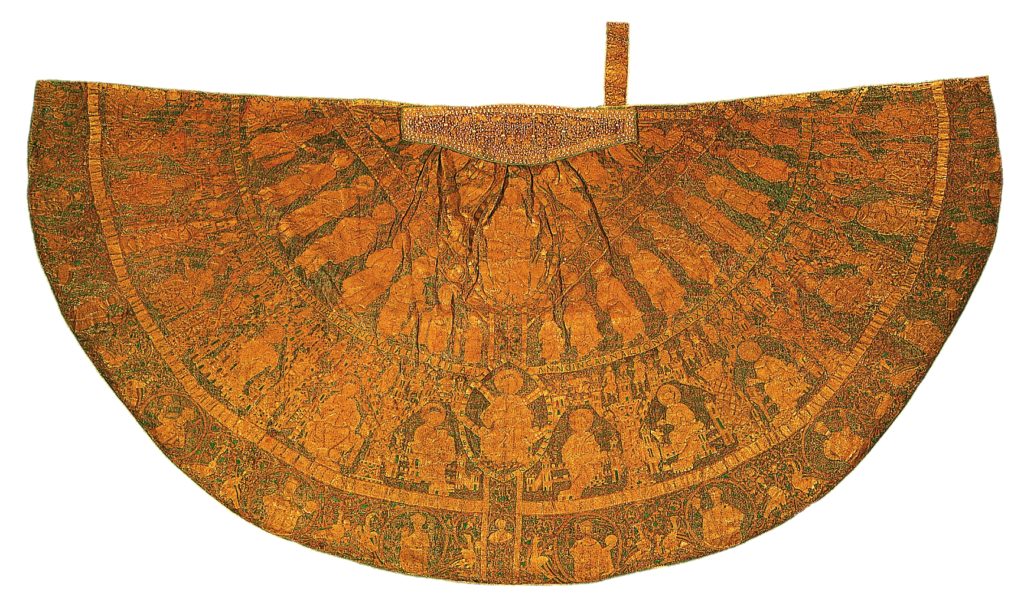
Among the most notable artifacts on display at the museum, the Coronation Mantle (Saint Stephen’s Mantle) holds a special place. This exquisite medieval textile, dating from 1031 AD, is of great symbolic value and was used in the coronations of Hungarian kings. Another must-see treasure is the Seuso Treasure, a collection of valuable silver objects dating from the late Roman period (4th–5th centuries AD). This collection, which includes fourteen large silver vessels, is considered one of the most important silver finds from late antiquity. Other notable artifacts include the crown of Constantine IX Monomachos and the Scythian golden deer, which attest to the region’s rich history and cultural diversity.
News and Events: Temporary Exhibitions
The Hungarian National Museum maintains a dynamic program of temporary exhibitions that complement its permanent displays, offering visitors new perspectives and themes to explore. These temporary exhibitions cover a wide range of topics, from contemporary art to international artifacts and themed retrospectives. In the past, the museum has presented exhibitions such as “Shine! – Time for Jewellery,” “Chinese XIEYI Art,” “Kertész / Copies,” and “World Press Photo,” showcasing the diversity of its programming. Additionally, the museum offers the ability to explore virtual exhibitions through its website, allowing a wider audience to interact with its collections. For up-to-date information on current and upcoming temporary exhibitions, please visit the museum’s official website.
A Pillar of Hungarian Culture: Cultural and Historical Significance
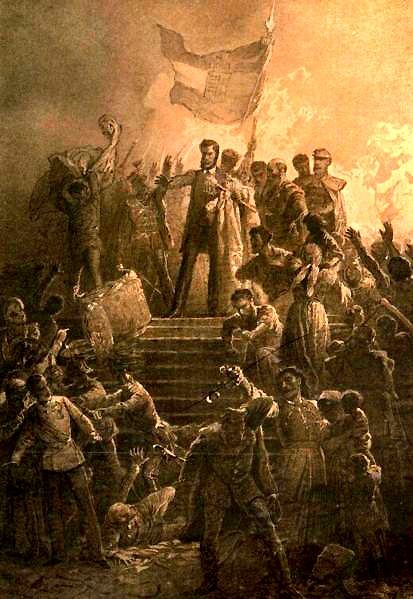
The Hungarian National Museum is not just an institution housing ancient artifacts; it is a fundamental pillar in the preservation and promotion of Hungary’s history and culture. As the national museum of history, art, and archaeology, it plays a crucial role in safeguarding Hungary’s heritage for present and future generations. Its vast collection of artifacts illustrates the country’s rich and complex history, from its origins to the present day.
The museum holds profound significance for Hungarian national identity. It witnessed key historical events, such as the beginning of the 1848 Revolution, which took place on its steps. It houses important national symbols, such as the revered Coronation Mantle, which represents the continuity of the Hungarian monarchy throughout the centuries. By offering a tangible perspective on Hungary’s past, the museum helps connect citizens with their history, fostering a sense of national pride and collective memory.
Visitor Services and Facilities
To ensure an enriching and comfortable experience for all visitors, the Hungarian National Museum offers a variety of services and facilities.
Guided tours are offered in several languages, although advance reservations are generally required. These tours provide an invaluable opportunity to gain detailed information and context about the museum’s exhibits from expert guides. Audio guides are also available for rent, allowing visitors to explore the collections at their own pace while listening to informative commentary.
The museum has a shop where visitors can purchase souvenirs, reproductions, and publications related to the collections. For added convenience, a café located on the ground floor provides a place to rest and enjoy refreshments during the visit.
The Hungarian National Museum strives to be accessible to all. It has an accessible entrance for people with reduced mobility. Additionally, tactile objects are available in the permanent exhibition for visitors who are blind or visually impaired, allowing for a more inclusive experience. Other useful services include free luggage storage and lockers for the safe storage of belongings during the visit.

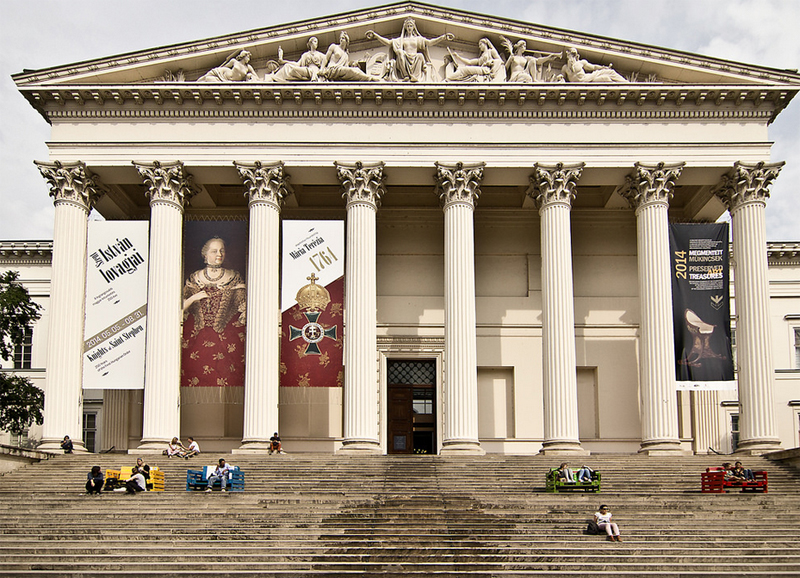
Comments are closed.